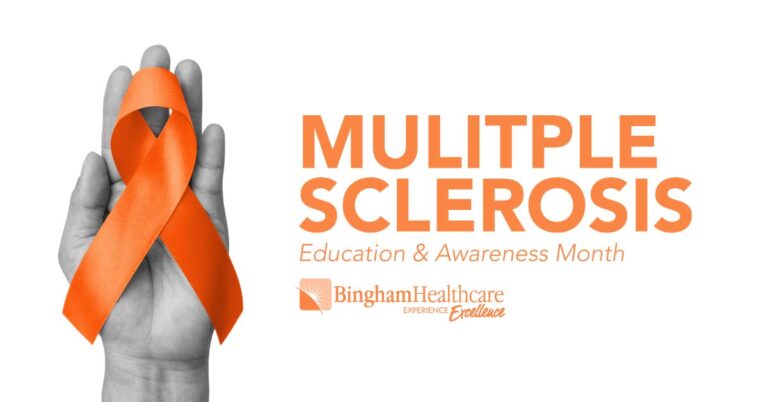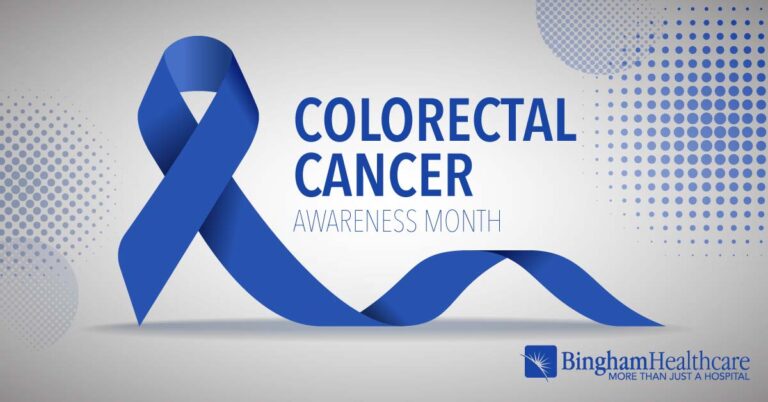
Back to Basics
Back to Basics
A timeline for managing that ache in your back
Raise your hand if you’ve ever had a backache. Your hand is up, isn’t it? That’s probably because back pain is almost as universal as the common cold.
“About 80 percent of adults will experience back pain during their lifetime,” says Robert Johnson, DO, a fellowship-trained orthopedic spine surgeon with the Idaho Back Institute at Bingham Memorial Hospital. “It causes an extreme amount of lost work hours, too.”
In fact, it’s one of the most frequently cited reasons for taking a sick day.
Don’t want to have to devote your time off to back pain? We hear you. Our timeline walks you through the potential progression of back pain and offers tips on squashing those aches sooner rather than later.
Day 1: Welcome to Ouch-ville
Uh-oh. You overdid it in the garden, in your exercise class, picking up your toddler … fill in the blank. And there’s a stabbing, aching, throbbing sensation in your back. The good news is that the most common cause of a backache is over-activity (a pulled muscle), which means the pain should go away with time and a little TLC.
“Apply ice and rest a day,” Dr. Johnson says. “You can also try sleeping in a fetal-type position with your knees pulled up to your chest to stretch the muscles.”
Day 2: Get Off the Couch
When back pain strikes, you shouldn’t get too comfy on the couch. Being sedentary can make things worse. “It used to be that people would go to bed for a week with back pain,” Dr. Johnson says. “But we don’t recommend that anymore. The key is to keep moving and stretching.
Go for a walk, and try some light stretching to keep your muscles from getting stiff and the pain from intensifying. If the twinge is still strong, try an over-the-counter pain reliever, such as tylenol or ibuprofen.
Day 14: Pick Up the Phone
Still hurting after a couple of weeks? It’s time to make an appointment with your physician.
“If the pain is 80 percent the same intensity as when it started, then it’s time to see the doctor,” Dr. Johnson says. “Back pain is just a symptom. There are many things that can cause it.”
But don’t panic. Even if the pain has lasted this long, it’s still probably just a strain. And in that case, treatment options can include prescription medication, starting an exercise or physical therapy program, or both, Dr. Johnson says.
“If that doesn’t work, then more investigative studies, such as an MRI or a CT scan, will be needed to determine where the pain is coming from,” he adds.
If you’re experiencing leg pain with your backache, it could be a sign of a herniated disk. If you notice numbness in your arms or legs, it could be a sign of spinal stenosis (a narrowing of the spinal canal) or it might be a side effect of arthritis, which can damage the spine.
Just keep in mind that time can heal most (back) wounds. “Because the back is complex, sometimes treatment options have to be delayed to give things time to respond,” Dr. Johnson says.
Day 90: Develop a Long-Term Plan
You’ve entered chronic back pain territory. Chronic back pain is defined as lasting more than three months and often has a neurological component, but that doesn’t mean you’re facing a lifetime of pain.
“There’s always something you can do to improve your back pain status,” Dr. Johnson says. “As orthopedic surgeons, we are interested in the quality of life and making sure patients are comfortable so they can get back to a normal functioning state.”
Work It Out
The best way to beat back pain? Prevent it from happening in the first place, which means exercising regularly and combining stretching exercises with core-strengthening and cardio workouts.
Your doctor may suggest making permanent lifestyle changes—from the way you sleep to the way you eat—or, in rare cases, having surgery. And contrary to popular belief, exercise can help relieve persistent pain, so don’t be surprised if it’s part of your treatment plan.
“Strengthening your core, back and leg muscles will often eliminate the need for surgery altogether,” Dr. Johnson says. “But even when you don’t have back pain, you need to exercise on a regular basis to stay strong.”
Easy Back Stretches
Hamstring stretch: Lie on your back, one foot on floor with knee slightly bent. Raise the other leg toward the opposite shoulder, using a towel to gently increase the stretch.
Cobra stretch: Lie face down, keep hands by shoulders, and gently raise your torso a few inches.
When Surgery Is the Only Option
In the battle against your back pain, you and your physician have exhausted almost every treatment option—from medication to physical therapy—without success. And now, it’s time to consider surgery.
This might be necessary because you have a herniated disk or vertebral fractures, or you might have arthritis that has caused severe damage to your spine, says Dr. Johnson. In most cases, surgery can help when the problem is structural.
Based on your condition, your physician will discuss your options as well as the benefits and the risks, and guide you through recovery. After surgery to repair a herniated disk, for example, a patient typically will be back to normal in a few weeks. But remember that the duration of your recovery depends on the degree of your condition before surgery.
Dr. Johnson is a fellowship-trained orthopedic spine surgeon, with the Idaho Back Institute at Bingham Memorial Hospital (BMH), who treats people with a wide variety of spinal conditions of the neck and back. His primary goal as a physician is to help patients obtain some relief from their aliments so they can keep doing what they love, and he strongly believes in exhausting all conservative means to treat a wide variety of spinal conditions of the neck and back before suggesting surgery.
He also specializes in several areas of spine surgery, including cervical and lumbar spinal arthroplasty, which are surgical procedures that involve removing damaged or degenerated cervical or lumbar discs and replacing them with an artificial disc device.
If you’re suffering from chronic neck or back pain, you can schedule an appointment with Dr. Johnson at: (208) 235-2277. Se habla Español



